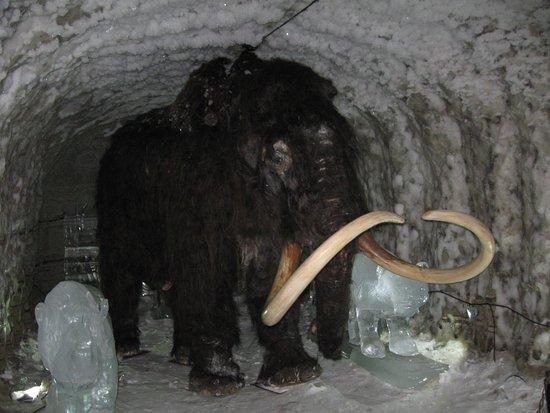Scientists have established the cause of the disappearance of mammoths in Siberia
An extensive study based on soil DNA has shown that climate change was not the cause of the extinction of woolly mammoths in Siberia. The article was published in the journal Nature.
The animal and its ancestors lived on Earth for more than five million years, having gone through more than one ice age during this time. For several thousand years, they lived next to the first people who hunted them, used their meat for food, and built dwellings from bones and tusks, made harpoons, arrowheads and works of art. Even the oldest known musical instrument, the 30,000-year-old flute, is made of mammoth bone. Therefore, one of the hypotheses of the extinction of mammoths suggests that they were exterminated by people.
The results of a project carried out by scientists from ten countries led by Eske Villerslev, professor at St. John’s College, Cambridge University and director of the Center for Geogenetics of the Lundbeck Foundation at the University of Copenhagen, prove that this is not the case.
For twenty years, the authors collected soil samples in the Arctic, in places where the remains of mammoths were found, and painstakingly extracted DNA from them for analysis of plant and animal remains, including urine, feces and skin cells. The use of advanced sequencing technologies allowed them to recreate the habitats of extinct animals from these samples.
“Scientists have been arguing for a hundred years about why mammoths became extinct. People have been accused of the fact that animals that have experienced climate change for millions of years, next to the people who hunted them, did not live long,” – quoted in a press release from the College St. John’s words by Professor Villerslev.
The researchers proved that the problem was not so much climate change as its speed. The huge animals were unable to adapt quickly enough when the landscape changed dramatically, forests and swamps took the place of pastures, and food began to be scarce.
The authors combined detailed maps based on DNA analysis with a map of the distribution of populations of woolly mammoths and showed that over time, the size of animals and their genetic diversity was reduced, making survival even more difficult.
“When the climate became more humid and the glaciers began to melt, this led to the formation of lakes, rivers and marshes. The ecosystem changed, the biomass of vegetation was reduced, and it could no longer support mammoth herds. We showed that climate change, especially rainfall, directly affects replacing vegetation. According to our models, people did not influence them at all. Moreover, there were many animals around that were easier to hunt than a giant woolly mammoth, “explains Willerslev.
Within the framework of the project, scientists for the first time sequenced the DNA of 1,500 Arctic plants of the Pleistocene epoch and proved that the “mammoth” tundra steppe was a unique ecosystem, unlike anything that exists today. The study covers 50 thousand years of evolutionary history of this ecosystem and shows how its change caused the disappearance of not only the woolly mammoth, but the entire megafauna of the region.









